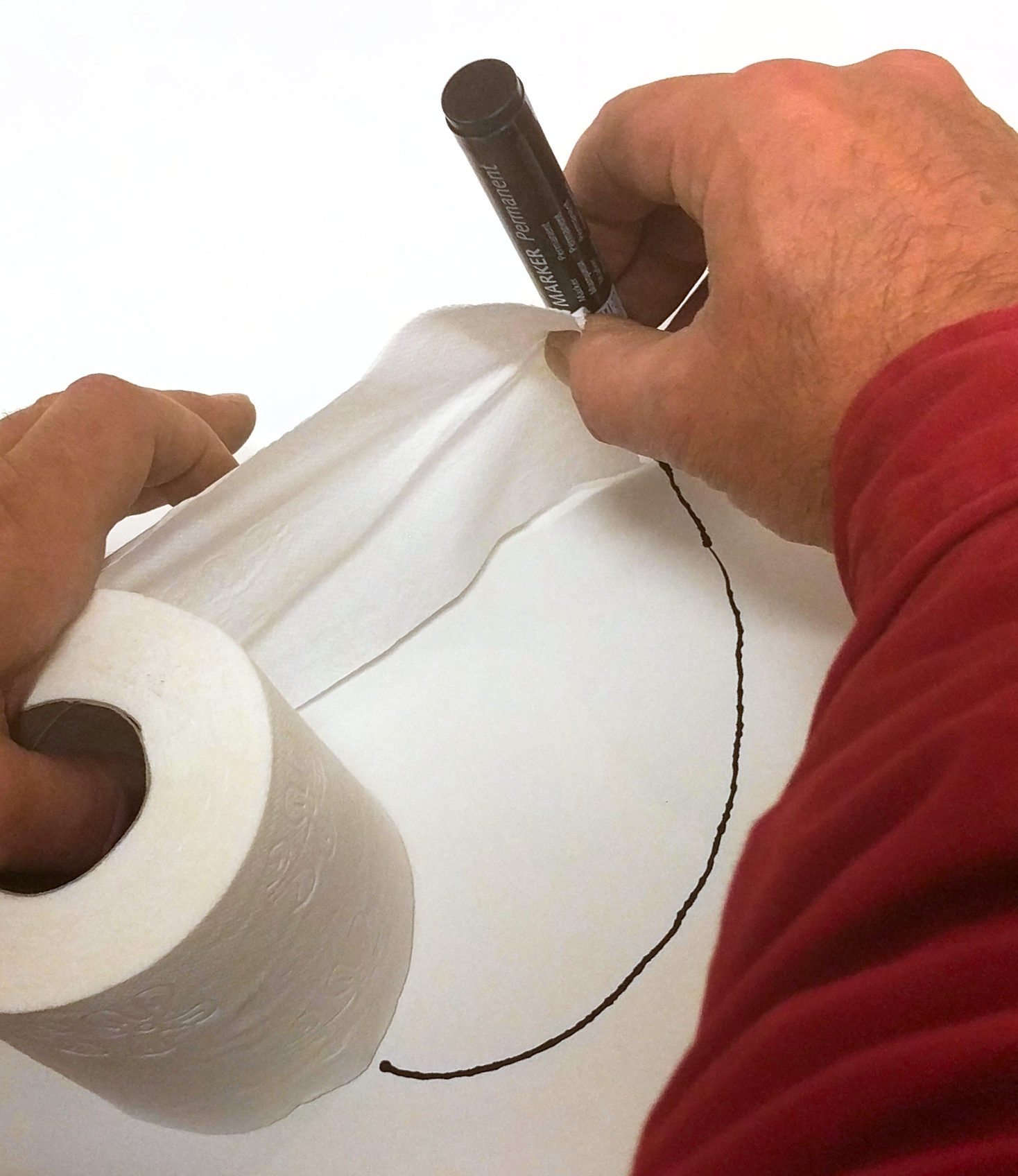|
Grootte: 3470
Commentaar:
|
Grootte: 3848
Commentaar:
|
| Verwijderingen worden op deze manier gemarkeerd. | Toevoegingen worden op deze manier gemarkeerd. |
| Regel 32: | Regel 32: |
| * The blue curve is the involute. | * The blue curve is the involute of a circle. |
| Regel 37: | Regel 37: |
| {{attachment:involute_math.svg}} | {{attachment:involute_math.svg||width=650}} |
| Regel 73: | Regel 73: |
| {{attachment:involute_ang_acos.svg}} | {{attachment:involute_ang_acos.svg||width=250}} |
| Regel 75: | Regel 75: |
| {{{Wrongly drawn by using acos(X3/R2) for angle A2}}} | {{{Wrongly drawn by using acos(X3/R2) for angle A2}}} * Additional information: * For a gear application, A1 is not interesting while R1 and R2 are important. * R2 is defined as a relation of R1 and A1: {{{R2 = sqrt (R1^2 + (A1 * R1)^2) = R1 * sqrt (1 + A1^2)}}}. * If we solve this equation in order to find A1, the answer becomes: * {{{A1 = 2 * sqrt ((R2^2 - R1^1) / 2)}}} |
Involute - or evolvent - curves are used as the shape of teeth of gears. For an introduction to more advanced math, see https://en.wikipedia.org/wiki/Involute. However, this page is more practical.
What is the involute curve of a circle?

Involute: a quick and dirty example
In plain language. A cord is coiled around a cylinder. At the end of the cord is a pencil. The cord is unrolled while the cord is held taut. The pencil draws a curve. This curve is called involute of a circle - you can make involutes based on other shapes too.
Involute curve with x- and y-axis, without base circle.
Practical use
The main reason for using gears with involute shapes is that there is no friction between teeth - against common believe. The teeth roll on each other when rotating.
It is the gear application that makes a polar calculation based on radii more useful than a Cartesian calculation based on (x,y) - we are only interested in the first small part that starts from the base circle. On the other hand, a polar approach has its limits, see below.
Mathematics
Involute with base circle
Angles are in radians, 360 degrees equals (2 * pi) radians.
Overall, see illustration:
- The blue curve is the involute of a circle.
- Points on that curve have coordinates X3 and Y3.
- From those points runs a cord A1*R1, tangent to the base circle.
- The base circle has a radius R1.
Mathematics of involute
In detail:
- The first triangle:
- Start at point (0,0)
- Hypotenuse is R1
- The angle is A1
X1 = R1 * cos (A1)
Y1 = R1 * sin (A1)
- The second triangle:
- Start at the end of R1
- Hypotenuse is A1*R1
- A1*R1 is perpendicular to R1
- Therefore, the angle is again A1
X2 = R1 * A1 * sin (A1)
Y2 = R1 * A1 * cos (A1)
- About the length of hypotenuse A1*R1:
If A1 goes all the way around from 0 to 2 * pi radians (equals 360 degrees), than the length of the cord changes from 0 to 2 * pi * R1. After all, the circumference of a circle equals 2 * pi * R1.
The length of the cord is thus equal to the product of angle A1 and radius R1, hence A1 * R1.
- Cartesian coordinates:
- Points on the involute curve have Cartesian coordinates (X3,Y3).
X3 = X1 + X2
Y3 = Y1 - Y2
- Polar coordinates:
- Points on the involute curve have polar coordinates (R2,A2).
- About R2:
- R1 and A1*R1 are always perpendicular.
- Radius R2 can be calculated using the Pythagorean theorem.
R2 = sqrt (R1^2 + (A1 * R1)^2) = R1 * sqrt (1 + A1^2).
- About A2:
- This can be calculated by using asin, acos or atan.
Unfortunately, these functions do not go all the way around with one argument supplied. For example, A2 = acos (X3 / R2) and that is only true for 0 < A2 < pi. See example.
Fortunately, many environments offer a solution when X- and Y values are both entered as arguments. For example, LibreOffice Calc has a formula ATAN2(X-value;Y-value) and LISP for CAD offers (ATAN Y-value X-value).
Wrongly drawn by using acos(X3/R2) for angle A2
- Additional information:
- For a gear application, A1 is not interesting while R1 and R2 are important.
R2 is defined as a relation of R1 and A1: R2 = sqrt (R1^2 + (A1 * R1)^2) = R1 * sqrt (1 + A1^2).
- If we solve this equation in order to find A1, the answer becomes:
A1 = 2 * sqrt ((R2^2 - R1^1) / 2)
- For a gear application, A1 is not interesting while R1 and R2 are important.
